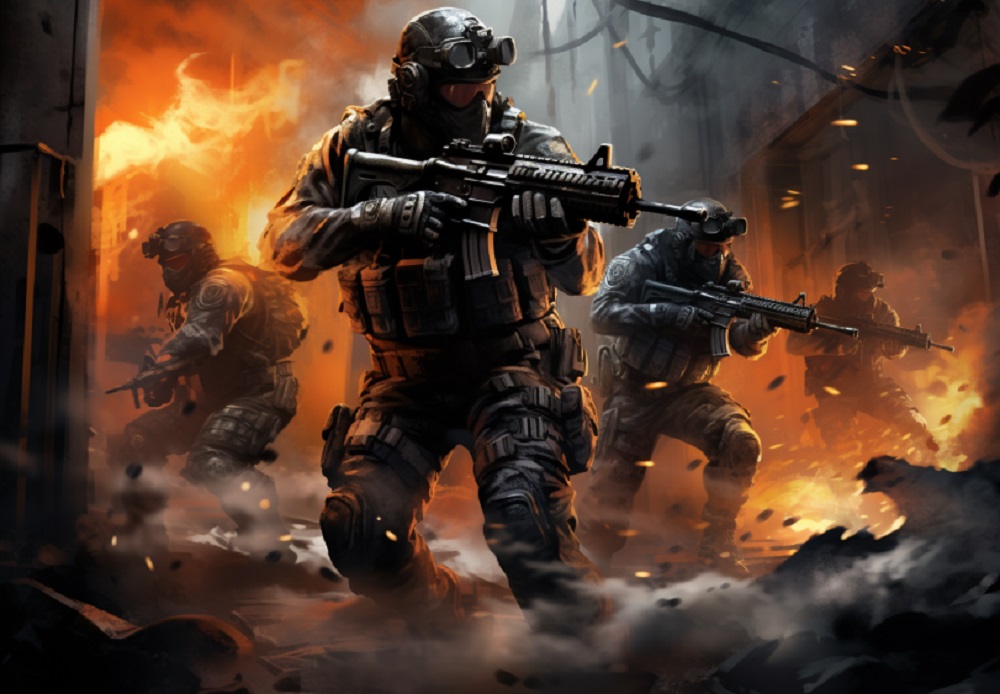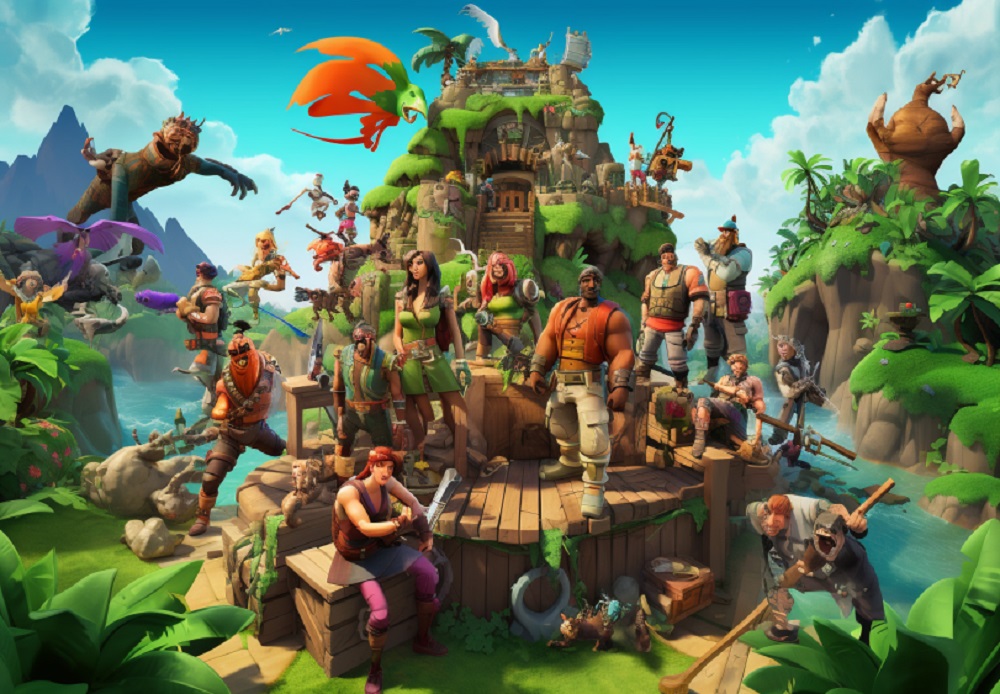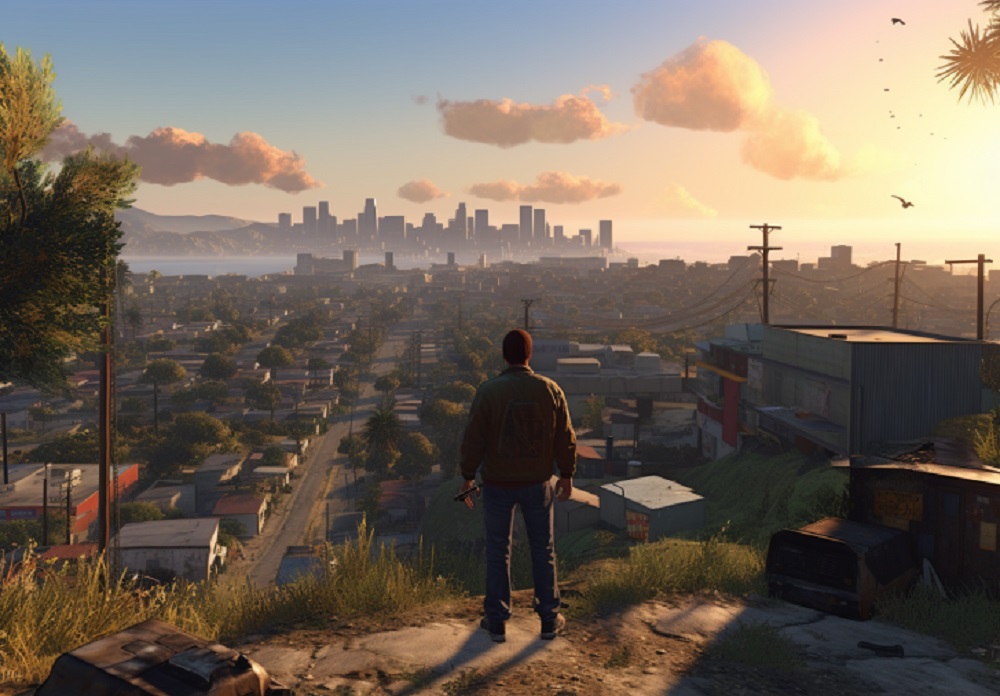Revolutionary VR Game Development Innovations
Virtual reality (VR) game development has come a long way since the early days of basic graphics and limited interaction. With the advancement of technology, VR game developers are now able to create immersive worlds that feel like a real-life experience. In this article, we'll take a look at the innovations in VR game development techniques that are changing the gaming industry.
1. Room-scale VR
Room-scale VR is an innovation that allows players to move around freely within a virtual space that matches the size of their real-world room. This type of VR is made possible by using sensors or cameras to track the player's movements. Room-scale VR provides a more immersive experience as players can physically interact with objects and navigate the virtual environment in a natural way.
Room-scale VR reduces the risk of motion sickness. In traditional VR setups where players are stationary, the disconnection between their physical movements and the virtual environment can cause motion sickness. However, with room-scale VR, the player's movements match those in the game, which helps to reduce the risk of motion sickness.
Another advantage of room-scale VR is the level of immersion it provides. Players can explore the virtual environment, interact with objects, and engage in physical activities such as ducking or dodging, which adds to the realism of the experience. Room-scale VR is ideal for games that require physical movements such as sports, dance, and fitness games.
2. Haptic feedback
Haptic feedback is a technology that uses vibrations or other physical sensations to simulate touch or force feedback. In VR games, haptic feedback can be used to create a more immersive experience by providing feedback for actions such as firing a gun or hitting an object. Haptic feedback can also be used to simulate sensations such as wind or heat.
Haptic feedback adds a layer of realism to the virtual environment. Players can feel the recoil of a gun or the impact of a punch, which makes the game feel more immersive. Haptic feedback can also be used to provide players with directional cues. For example, a vibration on the left side of the controller could indicate that an enemy is approaching from the left.
By providing feedback for actions, haptic feedback can help players improve their skills and become more proficient at the game. For example, a haptic feedback system could provide feedback on the player's swing in a golf game, allowing them to adjust their technique for a better shot.
3. Eye-tracking
Eye-tracking is an innovation in VR game development that allows the game to track the player's eye movements. This technology can be used to create more realistic interactions with non-playable characters (NPCs), as well as to improve game performance.
One benefit of eye-tracking is that it can improve NPC interactions. By tracking the player's gaze, the game can create more realistic interactions with NPCs. For example, if the player looks away from an NPC during a conversation, the NPC could become disinterested or frustrated, adding to the realism of the conversation.
Eye-tracking can also improve game performance. By tracking the player's gaze, the game can optimize the rendering of objects in the player's field of view, reducing the workload on the system and improving performance. Eye-tracking can also be used to adjust the focus of the game, ensuring that the player's attention is focused on the most important elements of the game.
4. Hand-tracking
Hand-tracking is an innovation in VR game development that allows the game to track the player's hand movements without the need for controllers. This technology can be used to create more natural interactions with the virtual environment. Hand-tracking can improve the realism of interactions with objects in the virtual environment. By tracking the player's hand movements, the game can allow them to pick up and manipulate objects in a more natural way, improving the immersion of the experience.
Hand-tracking can also improve accessibility for players with disabilities. For players who have difficulty using traditional controllers, hand-tracking can provide a more intuitive and natural way to interact with the game. Hand-tracking can also be used in conjunction with voice commands to create a more accessible gaming experience for players with limited mobility.
Another advantage of hand-tracking is that it can reduce the cost of VR gaming. Traditional VR controllers can be expensive, but hand-tracking eliminates the need for additional hardware, making VR gaming more accessible and affordable for a wider audience.
5. Spatial audio
Spatial audio is an innovation in VR game development that allows the game to create realistic 3D audio environments. Spatial audio can be used to create a more immersive experience by providing directional audio cues that match the player's movements. One benefit of spatial audio is that it can improve situational awareness in the game. By providing directional audio cues, the game can help the player locate enemies or other important elements of the game. Spatial audio can also improve immersion by creating a more realistic audio environment.
Spatial audio can also be used to create a more dynamic audio experience. By adjusting the volume and direction of audio cues, the game can create a more dynamic and engaging audio experience that matches the player's movements and actions in the game.
6. Full-body tracking
Full-body tracking is an innovation in VR game development that allows the game to track the player's entire body movements. This technology can be used to create more immersive experiences and improve gameplay.
Full-body tracking can improve the realism of interactions with the virtual environment. By tracking the player's full-body movements, the game can allow them to move and interact with objects in a more natural way, improving the immersion of the experience. Full-body tracking can also improve gameplay by allowing the player to use their entire body to control the game. For example, in a sports game, full-body tracking can allow the player to perform movements such as jumping or swinging a racket, creating a more realistic and engaging gameplay experience.
One more advantage of full-body tracking is that it can improve accessibility for players with disabilities. For players who have difficulty using traditional controllers, full-body tracking can provide a more intuitive and natural way to interact with the game, improving accessibility and inclusivity.
7. AI-powered NPCs
AI-powered NPCs are an innovation in VR game development that allows the game to create more realistic and dynamic non-playable characters. AI-powered NPCs can react to the player's actions and make decisions based on the game's environment and storyline.
One benefit of AI-powered NPCs is that they can create a more immersive and engaging experience for the player. By creating realistic and dynamic NPCs, the game can create a more engaging and challenging experience that matches the player's abilities and preferences. AI-powered NPCs can also improve the replayability of the game. By creating NPCs that react differently to the player's actions, the game can create multiple paths and outcomes, making the game more engaging and replayable.
AI-powered NPCs can also improve accessibility for players with disabilities. By creating NPCs that react to the player's actions, the game can create a more intuitive and natural way to interact with the game, improving accessibility and inclusivity.
8. Dynamic environments
Dynamic environments are an innovation in VR game development that allows the game's environment to change in real-time based on the player's actions or the game's storyline. Dynamic environments can create a more immersive and engaging experience for the player.
One benefit of dynamic environments is that they can create a more realistic and immersive experience. By creating environments that react to the player's actions, the game can create a more dynamic and engaging experience that matches the player's abilities and preferences.
Dynamic environments improve the replayability of the game. By creating environments that change based on the player's actions or choices, the game can create multiple paths and outcomes, making the game more engaging and replayable.
Dynamic environments create a sense of urgency or tension in the game. For example, if the player is in a timed mission, the dynamic environment can create obstacles or challenges that add to the sense of urgency and make the game more exciting. Dynamic environments can also improve accessibility for players with disabilities. By creating environments that react to the player's actions or choices, the game can create a more intuitive and natural way to interact with the game, improving accessibility and inclusivity.
9. Multiplayer VR experiences
Multiplayer VR experiences are an innovation in VR game development that allows players to interact with each other in a virtual space. Multiplayer VR experiences can create a more social and engaging experience for the player. Multiplayer VR experiences can create a sense of community and collaboration. By allowing players to interact with each other in a virtual space, the game can create a more social and engaging experience that matches the player's preferences.
Multiplayer VR experiences can also improve gameplay by providing a more challenging and competitive experience. For example, in a multiplayer VR game, the player can compete against other players in real-time, creating a more engaging and challenging experience. Another advantage of multiplayer VR experiences is that they can improve accessibility for players with disabilities. By creating virtual spaces that can be accessed from anywhere, multiplayer VR experiences can provide a more accessible and inclusive gaming experience.
10. AI-powered procedural generation
AI-powered procedural generation is an innovation in VR game development that allows the game to generate content in real-time based on the player's actions or the game's storyline. AI-powered procedural generation can create a more dynamic and engaging experience for the player. AI-powered procedural generation can create a more immersive and engaging experience. By generating content in real-time, the game can create a more dynamic and engaging experience that matches the player's abilities and preferences.
AI-powered procedural generation can also improve the replayability of the game. By generating content that changes based on the player's actions or choices, the game can create multiple paths and outcomes, making the game more engaging and replayable.
Final Thoughts
The innovations in VR game development techniques are constantly evolving and pushing the boundaries of what is possible in gaming. The advancements in technology have allowed developers to create more immersive and engaging experiences for players, and the future looks bright for the VR gaming industry.
From advancements in motion tracking to the integration of real-world environments, the innovations in VR game development have the potential to create new and exciting gaming experiences. The ability to create dynamic environments, AI-powered procedural generation, and haptic feedback are just a few examples of how technology is changing the way we play and experience games.
As technology continues to advance and evolve, we can expect to see even more innovations in VR game development techniques. Whether it's through advancements in graphics, motion tracking, or other technologies, the future of VR gaming looks bright and exciting. It will be interesting to see how these innovations continue to shape the gaming industry and what new experiences they will bring for players.
If you need a VR game developer to help you with your project, feel free to contact us! RiseAngle has been active in VR development from 2016, and VR games developed by RiseAngle have amassed more than 400,000 installs so far.






